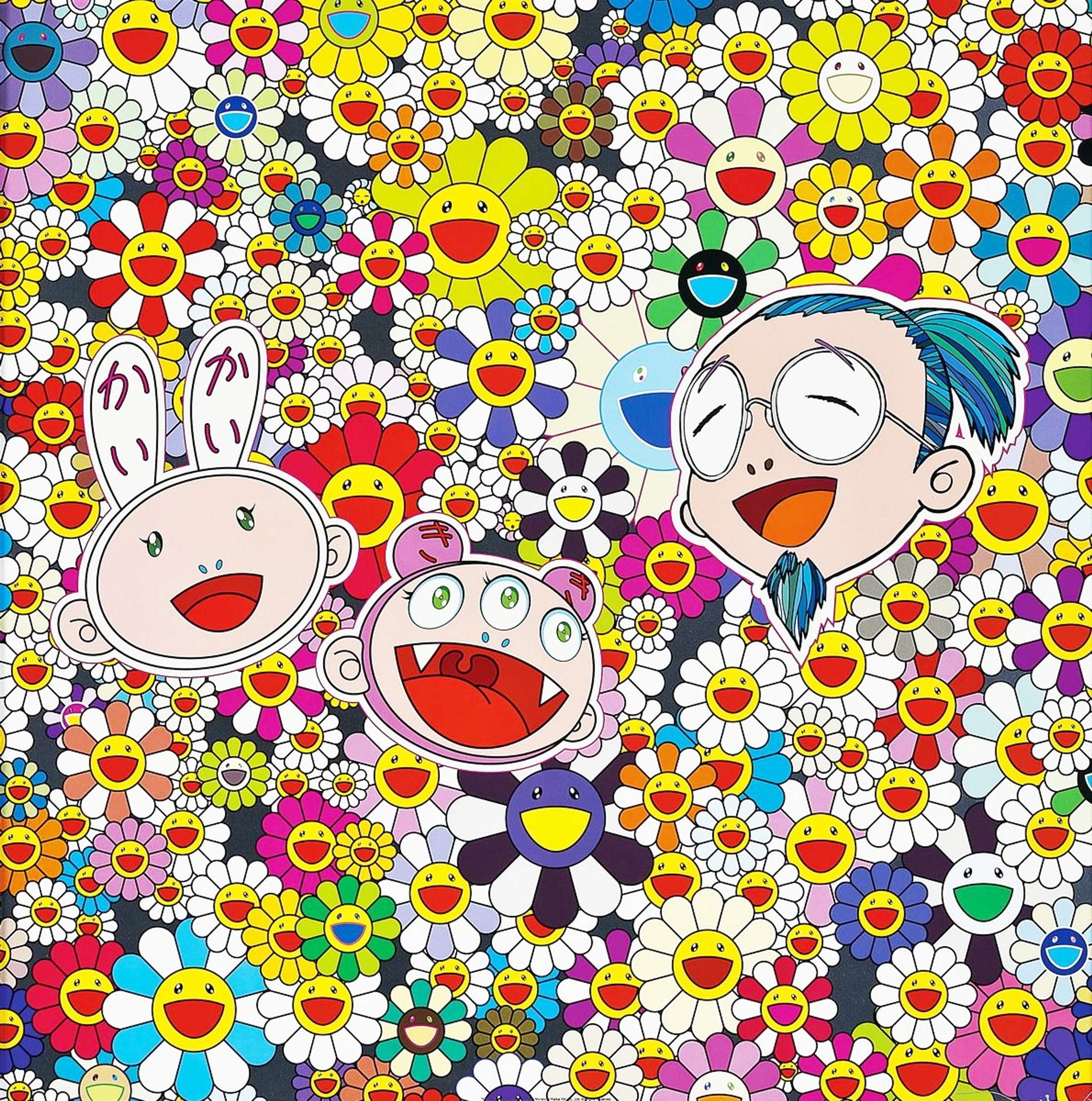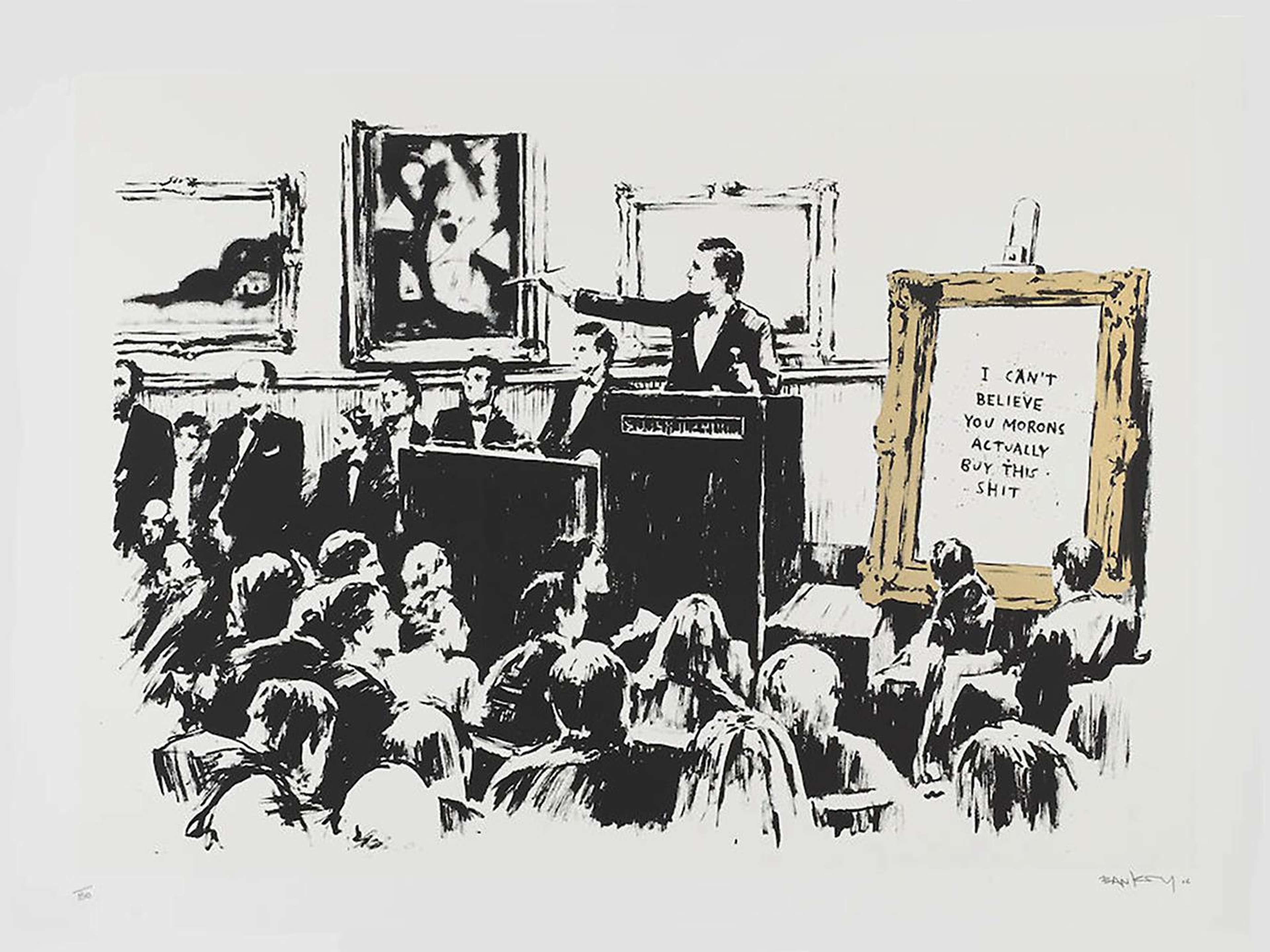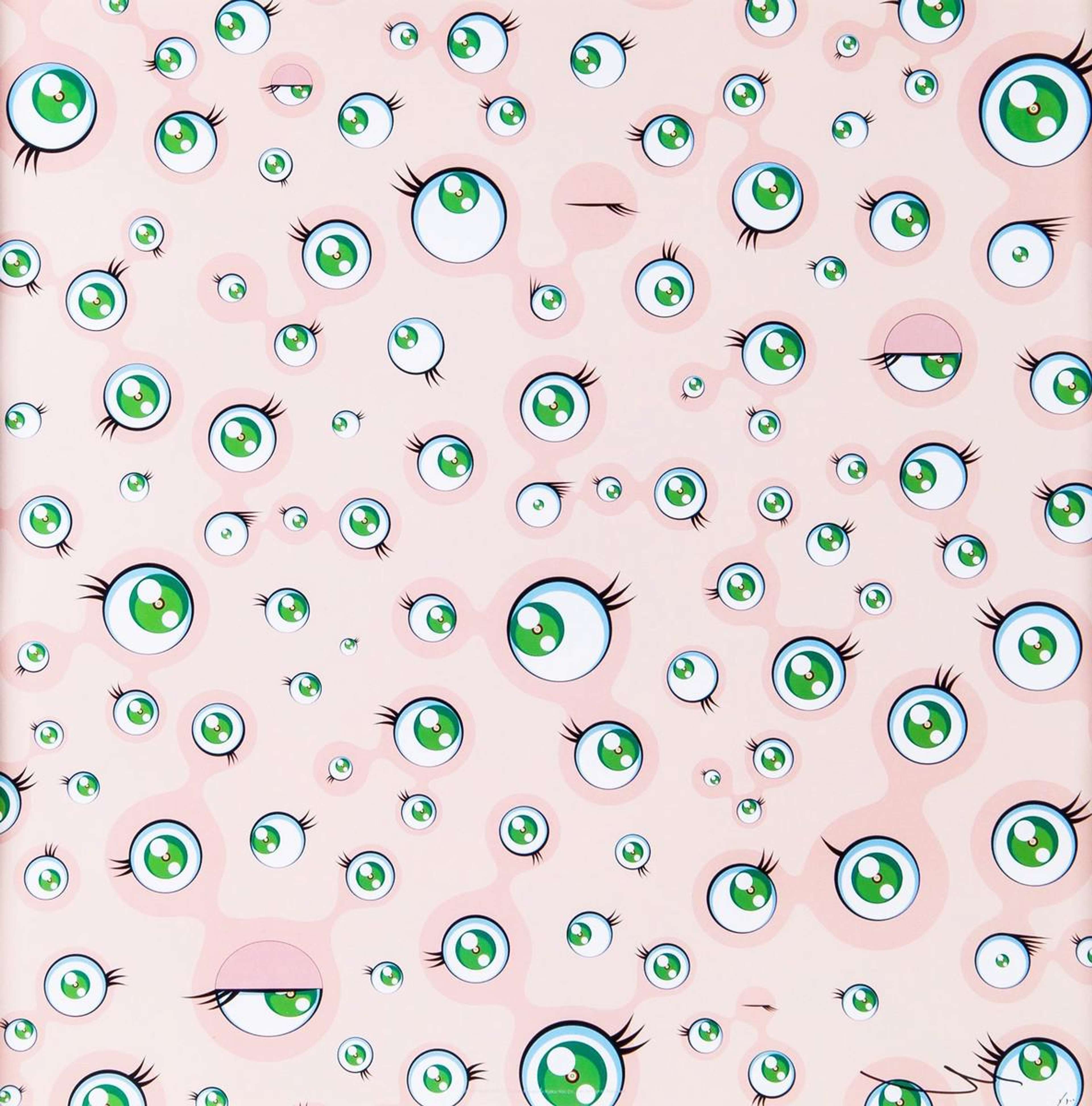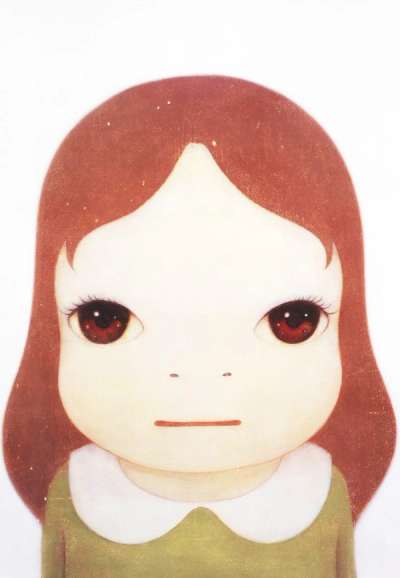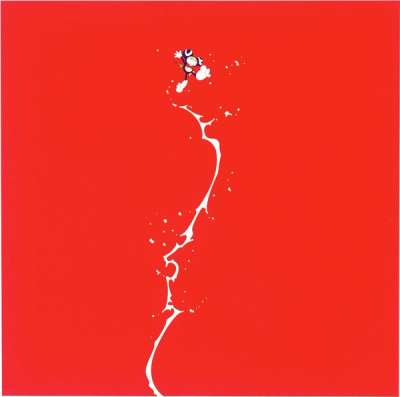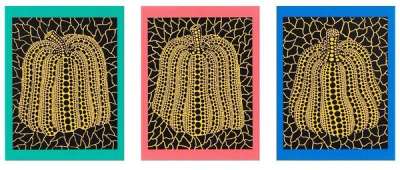 Image © See-ming Lee via Flickr, CC BY-NC 2.0 / Pumpkin, (stainless steel) © Yayoi Kusama 2010
Image © See-ming Lee via Flickr, CC BY-NC 2.0 / Pumpkin, (stainless steel) © Yayoi Kusama 2010Live TradingFloor
The Asian art market is currently experiencing a mix of challenges and opportunities in 2023. The changing demographics of collectors pose a challenge to the market, as the younger generation's preferences differ from those of their older counterparts. The market however is still benefiting from increased investment and cross-regional collaborations, resulting in the growth of entrepreneurial models of operation.
What's Driving Growth in the Asian Art Market?
Internationally, there's been an increasing interest in preserving, maintaining and promoting Asian cultural heritage. This has contributed to a surge in demand for Asian art, particularly unique and historically significant works. Because of this, many Asian works of art have become rare and highly coveted due to their limited supply, resulting in their higher prices.
Emerging Art Hubs in Asia
The growth of art hubs in places like Hong Kong, Seoul, Shanghai, Taipei, and Singapore have begun a string of transformation within the contemporary Asian art market.
Technology's Impact
Digital technologies have had a profound impact on the Asian art market, as online platforms and marketplaces have made global access and trade easier. The pandemic accelerated the digitalisation of online auctions and virtual art-viewing technology, providing new opportunities for art organisations in Asia to connect with collectors. The resulting transparency and accessibility have made it easier for collectors to purchase new art forms like digital art and NFTs that are reshaping China’s art market.
Rise in Cultural Infrastructure
The emergence of the Asian art market has attracted global attention, increasing investments in cultural infrastructures and rising representation of Asian artists and galleries in auctions and art fairs like Art SG, Southeast Asia’s largest art fair which launched in the beginning of 2023.
 Ocean Child © Yoshitomo Nara 1999
Ocean Child © Yoshitomo Nara 1999Global Art Industry Trends in 2023
There has been a growing interest in art from emerging markets, particularly from Asia. As the global economy shifts, collectors are looking for new investment opportunities, and emerging markets are seen as offering potentially high returns. To no surprise, advancements in technology play a major role in shaping the market this year, and probably years to come. Digitalisation has led to an increase in online community platforms for collectors, ArtTech ventures, open resources for investors, and a driving sales force in both the primary and secondary market. As there’s been a rise in young collectors, their tastes and priorities are helping to shape trends across the board. Marginalised artists are receiving an outpour of support and recognition lately for of course, their talent, but also as a realisation of how an entire market demographic has been left out or highly under and misrepresented in the industry for years.
Of the trends mentioned above, digitalisation is likely to shape the global art market the most. Artificial Intelligence (AI) has gone beyond creating immersive, virtual experiences for collectors to provide new art making methods for artists. Artists are now able to create digital works generated from specific inputs or prompts given to AI platforms, contributing to an entirely different landscape for the medium.
Renowned auction house Christie’s has tapped into the Blockchain game with the launch of their NFT marketplace. While Blockchain is likely to encourage similar platforms, it has potential to shape the market in other ways you may not have considered. NFTs have certainly created a niche market for themselves, however, one of the reasons people invest in art is for the tangibility of it, not to mention the value in authenticity and provenance, something blockchain might not always get right.
In recent years, the utilisation of machine learning in the art market has increased significantly. Machine learning can be employed to compare newly received artworks with existing ones, making it easier to identify counterfeit pieces. In addition, algorithms for art valuation forecasting are being created to analyse market data, resulting in more precise predictions of future prices. The emergence of artwork-recognition software and collector-matching engines has also enabled greater connectivity and accessibility within the art market. These technological advancements have played a crucial role in the expansion and evolution of the art market, making it a lively and dynamic space to keep an eye on.
What Do These Trends Mean for the Asian Art Market?
The Asian market is well-positioned for success, with or without industry trends. Asia has always been a leader in technology and more significantly, has retained and maintained their rich heritage, despite having some of the most modern and up to date countries in the world. As Asia’s emerging markets continue to develop, the art world is likely to see more innovation and collaborative measures take place to keep up with new demand. Collectors interested in art as an asset class should consider including Contemporary Asian art in their portfolio as its market value continues to grow.
Emerging Trends in Asian Art: The Rise of Young Collectors
The Asian art market is catching the attention of Gen Z and Millennials who exhibit distinct tastes compared to their predecessors. Their preference leans towards contemporary and experimental art while also advocating for diversity and inclusivity by putting a spotlight on underrepresented artists.
Ai Weiwei, Haegue Yang, Liu Wei, and Christine Ay Tjoe continue to be leaders in the market, being highly sought after by this new generation of collectors. Japanese Pop and Contemporary Artist Yayoi Kusuma’s popularity and market value has placed her in the company of Louis Vuitton, opening doors for future crossover collaborations between Asian art and luxury markets. Her peers like Takashi Murakami and Yoshitomo Nara continue to make waves sporting a five year annual average growth rate of 40% and 42%, respectively.
The growing fascination of more experimental art may encourage more experimentation and innovation in the industry, possibly posing a significant challenge for traditional galleries and dealers who may find it difficult to adjust to the shifting preferences.
This rising demographic of collectors is largely responsible for the increasing popularity of online and social media platforms for discovering and selling art has democratised access to art and fostered greater connectivity among artists, galleries, and collectors. However, this shift also brings to the forefront issues concerning the provenance and authenticity of art and the significance of physical spaces in the art market.
The rise of young collectors and the shift towards more diverse and inclusive collections are transforming the Asian art market, creating new opportunities for artists and galleries while also presenting challenges for traditional players. As the region continues to evolve, it will be important for stakeholders to embrace these trends and work together to build a more vibrant and equitable art ecosystem.
What to Expect from the Asian Art Market in 2023: High-Profile Auctions, Digital Sales, and Millennial Collectors
As per their yearly reports, Sotheby's and Phillips have revealed their intentions to increase their footprint in Hong Kong. Sotheby's, which is set to mark its 50th anniversary in Asia this year highlighting that Asian collectors are placing bids that are 40% higher on average. Similarly, more than one third of Phillips' sales were made to Asian clients, out of which 40% were millennials. Meanwhile, Christie's has also acknowledged the Asia-Pacific region's role as the art industry's most rapidly expanding market of collectors.
The Asian art market is expected to be significantly impacted by the rise of digital sales, the growing influence of millennial collectors, and the demand for socially conscious art. Online platforms are making it more accessible and convenient for collectors to purchase art from anywhere in the world, which offers an opportunity for artists and galleries to reach a wider audience. The demand for socially conscious art that reflects current issues and values is another trend that is likely to impact the Asian art market. With growing concerns over social and environmental issues, collectors are increasingly seeking out art that addresses these topics in meaningful and thought-provoking ways.
Growing digital sales, the increasing influence of millennial collectors, and the demand for socially conscious art, have significant implications for the Asian art market. These trends are likely to create new opportunities and challenges for artists, galleries, and auction houses in the region. To succeed in this evolving landscape, they will need to stay ahead of the curve and be willing to adapt to their audience’s preferences. This may involve incorporating technology into their operations, promoting emerging artists and socially conscious art, and engaging with younger collectors in new and innovative ways.
Seoul: The Next Asian Art Market Hub?
Seoul is on the cusp of becoming the next major art market hub in Asia. Several factors are contributing to the growth of the art market in Seoul, including strong government support for the cultural industries, the emergence of new art districts and museums, and the increasing interest of international collectors in Korean art. The Korean government has invested heavily in the arts, creating new cultural districts and providing financial support for artists and galleries. Additionally, new museums, such as the Seoul branch of the National Museum of Modern and Contemporary Art, have opened in recent years, further increasing the city's appeal as an art destination.
Compared to other Asian cities such as Hong Kong, Tokyo, and Singapore, Seoul has its own set of advantages and challenges. Hong Kong and Singapore have favourable tax policies and well-developed infrastructure, making them major art market hubs. Tokyo has a large domestic art market and rich cultural heritage, but faces challenges such as a declining population and limited space for new art galleries and museums.
Despite government support for cultural industries and the emergence of new art districts and museums, Seoul faces challenges in establishing itself as an art market hub. One being the lack of a dominant auction house, unlike Hong Kong and Tokyo, which have major players such as Sotheby's, Christie's, and Bonhams. The relatively small size of the Korean art market compared to other Asian cities may also limit its attractiveness to international collectors.
Even with challenges, Seoul has opportunities to become a powerhouse in the art market. The increasing interest of international collectors in Korean art has led to a surge in demand and prices for works by Korean artists. Moreover, the city's location and accessibility make it a convenient destination for art buyers from other parts of Asia, as well as from the West.
Seoul's dynamic and innovative art scene, as well as its strategic location and growing international appeal, may drive its emergence as an art market hub. Although Seoul faces obstacles, the city's government and art organisations are making efforts to position Seoul as a significant contender in the Asian art market.
Navigating the Complexities of the Asian Art Market in 2023
The Asian art market is facing both exciting opportunities and daunting challenges in 2023. The rise of digital sales, the growing influence of millennial collectors, and the demand for socially conscious art are just a few of the trends that are shaping the market today. Collectors, gallerists, and global art leaders can successfully navigate the market by staying informed and adaptable, and to be willing to embrace new technologies, approaches, and perspectives.
The market is benefiting from increased investment and cross-regional collaborations, resulting in the growth of entrepreneurial models of operation. Internationally, there has been a surge in demand for Asian art, particularly unique and historically significant works, due to the increasing interest in preserving and promoting Asian cultural heritage. The growth of art hubs in places like Hong Kong, Seoul, Shanghai, Taipei, and Singapore has begun to transform the contemporary Asian art market, with digital technologies impacting the market, as online platforms and marketplaces have made global access and trade easier.
What do you think the future holds for the Asian art market? How do you see artists, galleries, and auction houses adapting to changing trends and preferences? Share your thoughts with us on LinkedIn.






